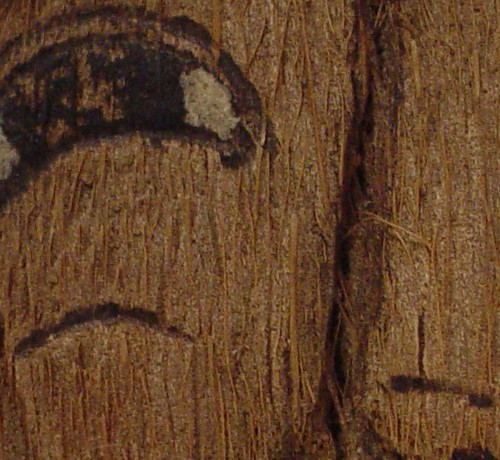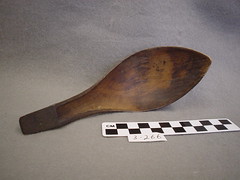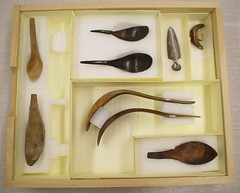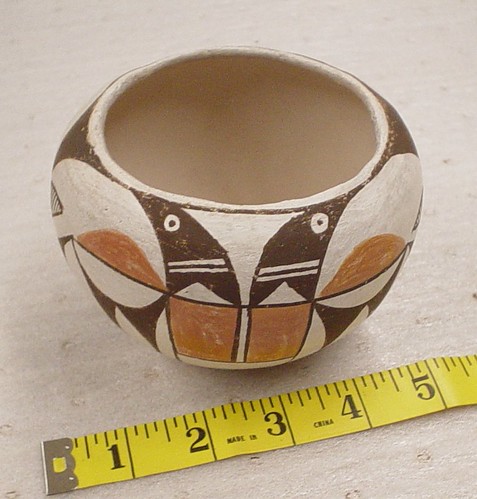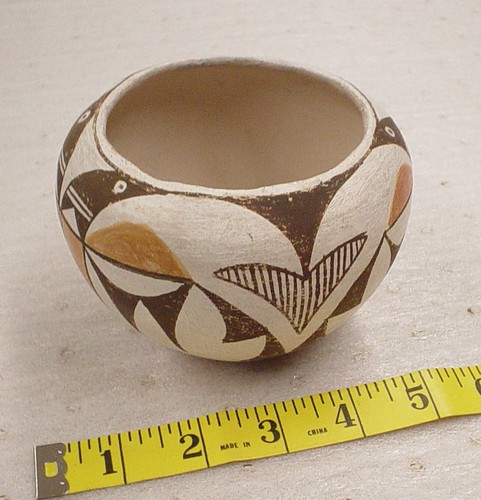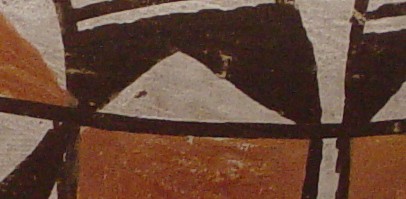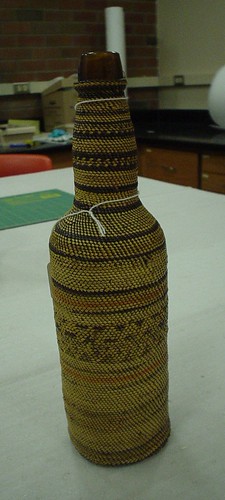
My first step was to make a box that the bottle could be isolated in. The box has ties on the sides which means that the sides drop down, making it easier to get the bottle out for research.
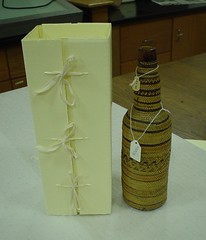
But just setting the bottle inside the box isn't going to stop it from tipping over and breaking further, so I made two Tyvek pillows. These pillows are filled with polyester quilt batting and sewn shut. The pillows are then attached to opposite sides of the box with velcro.
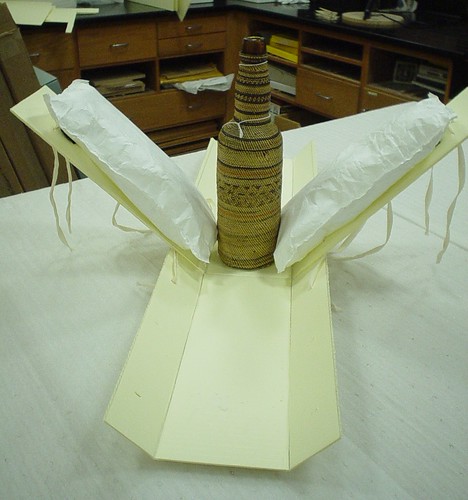
Then I closed up the box, tied the sides, and, viola!, the bottle is immobilized but it is not subject to too much undue pressure. The pillows can also compensate for any shifting that may occur within the body of the object.
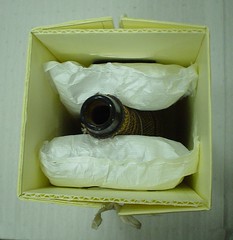
This housing should help to mitigate further damage to the object and help to support it as well. It's a beautiful object, so I'm pleased that this box is a success.
I looked around the internet, and if you'd like to see similar basketry bottles, check out the Ethnology Collection at the Burke Museum, which is available to look at online.

